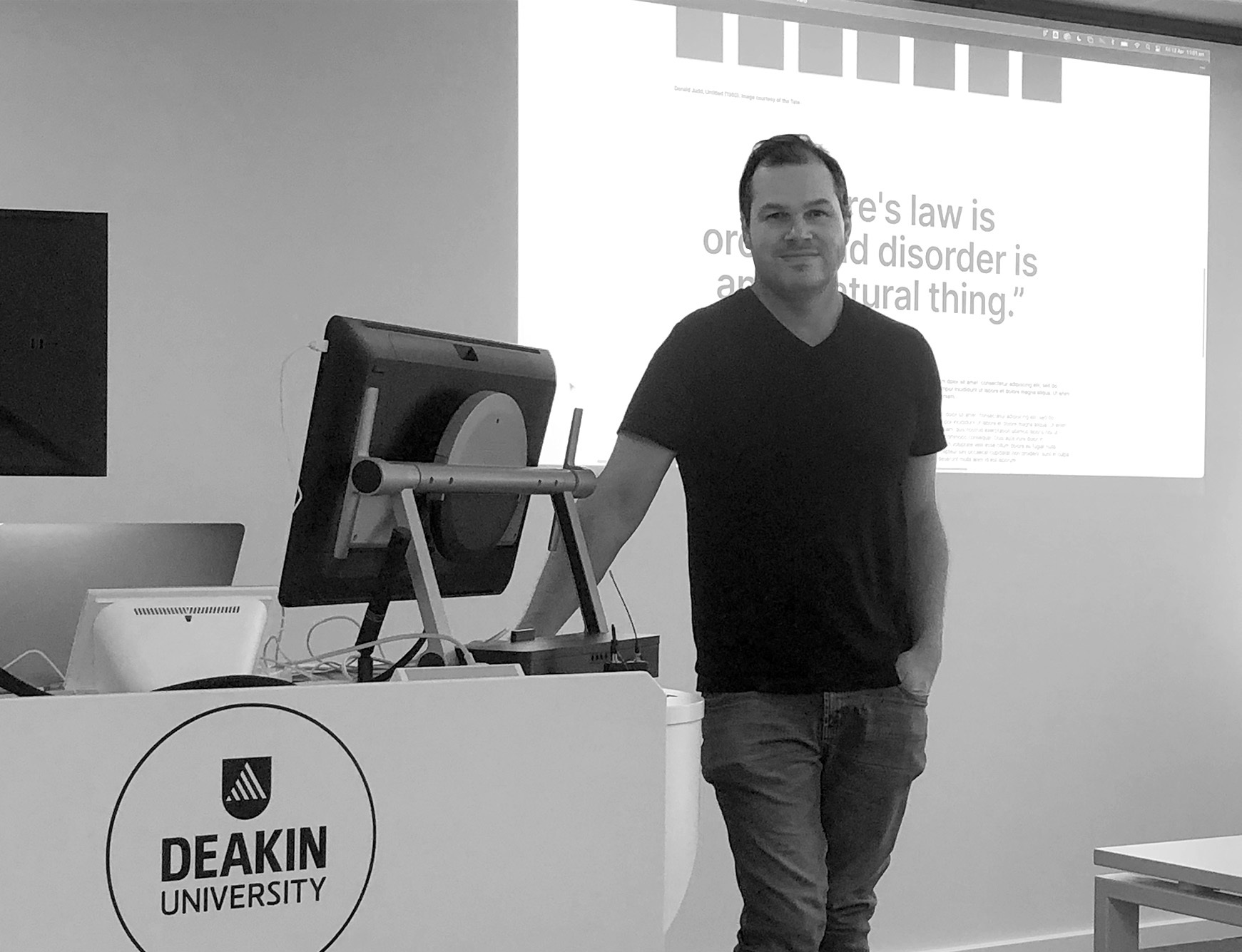Blog
Exploring opportunities to enhance user experience & web optimisation through creative-based AI

Sonar Group
April 15, 2024
To repurpose the words of Bilbo Baggins: for a long time web design felt stretched thin, like butter scraped over too much bread.
Over the past few years, we have witnessed the recycling of design patterns and formulas, tried and tested, in order to optimise conversation rates and user experience (UX). Consequently, the need for innovative thinking in many design tasks has dwindled.
While aesthetics still hold value, the role of User Interface (UI) designers seems to have diminished to an extent, following the blueprint provided by UX designers – often leaving little room for creativity. Client briefs have often become quite familiar, following trends seen or experienced on the other websites.
While I always aim to create unique designs for each project by breaking away from prevailing trends, client feedback and adherence to certain design patterns often lead me back to these trusted approaches and layouts.
I certainly welcome the departure from the era of wild experimentation – exemplified by building websites in Macromedia Flash – that are now firmly in the past. Yet, as a creative practitioner the relentless focus on optimisation, conversion, best practices, and familiar patterns often still feel constraining.
That said, the web has experienced a notable renaissance of late. Web designers are now creating increasingly more experiences that resonate, captivate and delight the user, all whilst considering familiar patterns that can deliver the desired outcomes the experience is intended for.
Alongside my role as the lead Senior Design Consultant at Sonar Group, I currently teach Web and Interface Design at Deakin University. The course has a strong emphasis on fostering creative thinking from the outset and the approach involves providing students with a brief that encourages thematic exploration, prioritising broader concepts over specific subject matter.
While it would have been easier for both the students and myself to have assigned a brief to create a typical business website, I’d most likely end up with numerous websites that despite their differences, all might adhere closely to familiar predefined structures and patterns mentioned earlier. I’ve since observed that students are most engaged when I showcase unconventional work that breaks away from typical website layouts and allows them to think more freely and creatively with consideration and context for what they are designing and who it is being designed for.
Technological advancements, faster data speeds and computer processing power play a significant role in driving the current design renaissance. Looking ahead to 2024 and beyond, I anticipate web and application design systems and themes will continue to thrive and also offer my students abundant opportunities for all-new creative exploration. Below are a few areas that i believe we’ll start to see more and more progress in this regard:
Gen AI graphics
Anticipate a widespread presence of AI-generated graphics, characterised by denser and more elaborate visual elements. Websites will brim with intricate complexity enhancing user immersion. Accompanied by advancements in web browsers, adept at handling detailed graphics and CSS effects, the strides of Gen AI will continue to enable designers to fashion visually compelling and emotionally resonant websites.
Gen AI Video
While AI-generated videos have shown progress, they still face limitations in producing high-quality, authentic content comparable to human-created videos. However, it’s essential to note the rapid advancements in GEN AI video technology, indicating significant improvement potential. This evolving landscape warrants close observation, as the pace of development suggests a promising trajectory for AI-generated video content.
Micro animation
Micro animations play a pivotal role in web design, enriching user experiences through subtle yet impactful interactions. These animations serve various purposes, from providing immediate feedback to guiding user attention and enhancing usability. Moreover, thoughtfully designed animations can add an element of delight to the user experience, making interactions more enjoyable and memorable.
Artificial Intelligence and Personalised User Experiences:
The infusion of artificial intelligence (AI) is reshaping the dynamics of user interaction on websites. Designers are infusing AI-driven components to customise user experiences, offering personalised content, suggestions, and engagements tailored to individual preferences. Envision navigating an office supplies website and effortlessly requesting items using natural language.